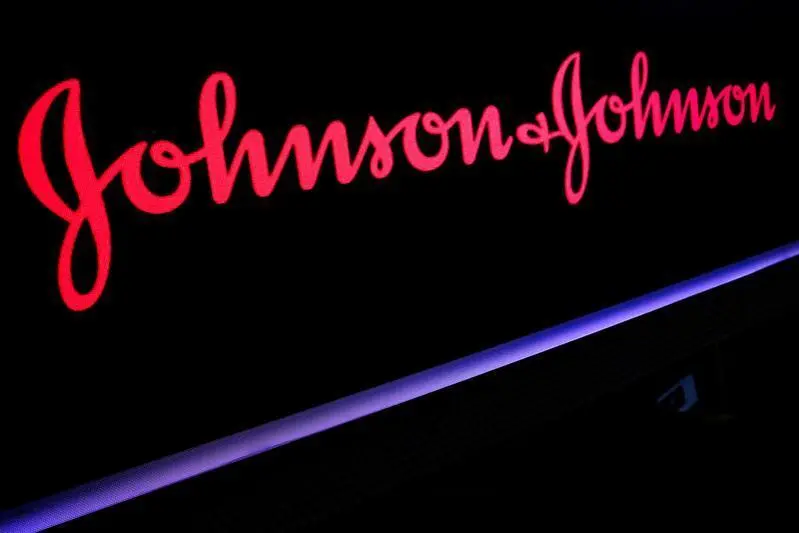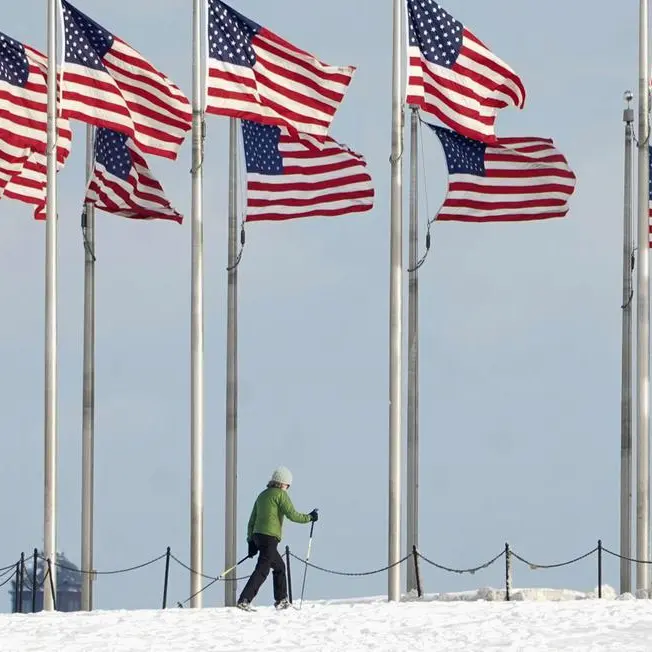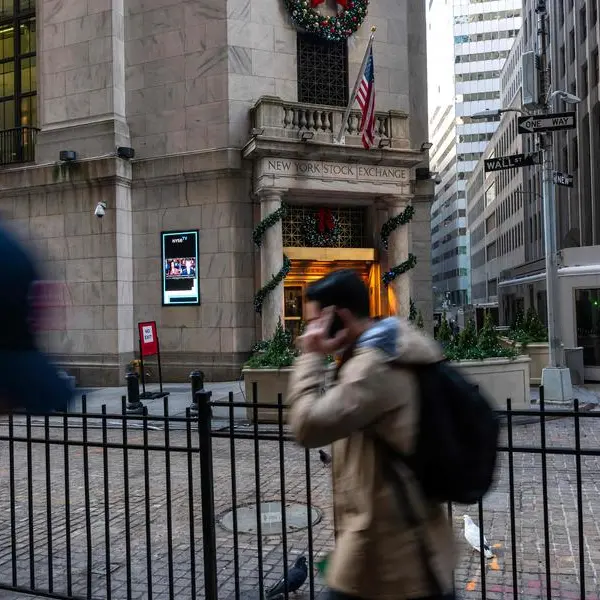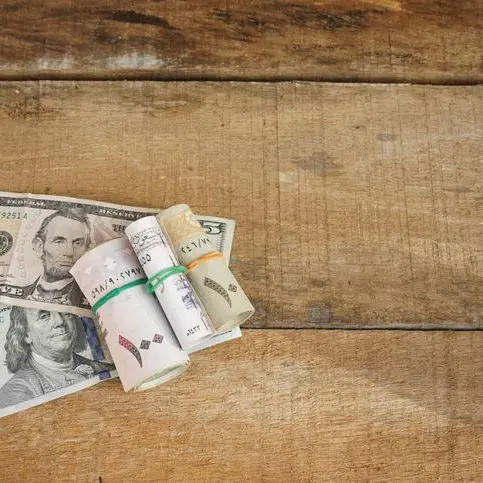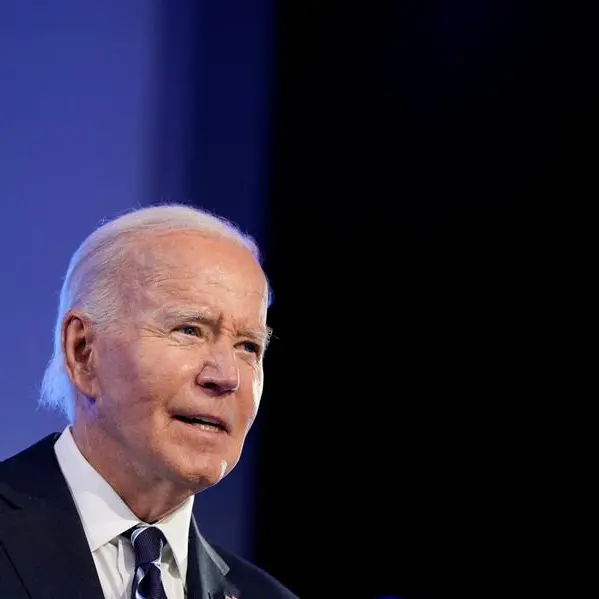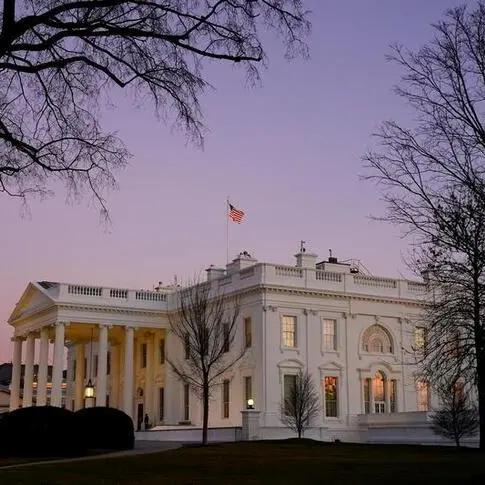PHOTO
NEW YORK: Johnson & Johnson has cleared a key threshold of support for its proposed $6.5 billion settlement of tens of thousands of lawsuits alleging its baby powder and other talc products caused cancer, according to a Bloomberg report.
More than 75% of claimants voted in favor of the proposal, according to Bloomberg, a hurdle the company set for a third attempt at placing a subsidiary in bankruptcy protection to resolve the litigation.
J&J spokesperson Clare Boyle said the company could not comment while the vote tally was not final. Reuters has not independently verified the report.
J&J faces lawsuits from about 61,000 claimants who alleged that its baby powder and other talc products were contaminated with asbestos and caused ovarian and other cancers. J&J denies the allegations and has said that its products are safe.
The company set the 75% vote percentage, matching a provision in U.S. bankruptcy law, as the benchmark to proceed with another bankruptcy bid, which now is expected in the near future. The deadline for casting votes was July 26.
After being rebuffed twice by federal courts, the healthcare giant is
attempting again
to end the litigation in a so-called “Texas two-step” bankruptcy.
J&J's subsidiary, now called LLT Management, was created in 2021 under a different name to try to shield the healthcare conglomerate from talc lawsuits. Two previous bankruptcy attempts were blocked by courts.
The "two-step" maneuver involves offloading its talc liability onto a newly created subsidiary, which then declares Chapter 11. The goal is to use the proceeding to force all plaintiffs into one settlement – without requiring J&J itself to file bankruptcy.
But the company needs the votes of 75% of claimants before the subsidiary can ask a bankruptcy judge to impose the deal on all of them.
Bankruptcy judges can enforce global settlements that permanently halt all related lawsuits and forbid new ones. Outside of bankruptcy, any settlement J&J reached with some clients would still leave holdouts or future plaintiffs with the right to sue – and leave the company exposed to potential multibillion-dollar verdicts that encouraged it to use a two-step in the first place.
The company has been engaged in a bitter fight with lawyers opposing its third attempt to settle the litigation through this maneuver.
J&J's
bankruptcy strategy
still faces legal hurdles. The Supreme Court recently
ruled
in Purdue Pharma's bankruptcy to narrow the
ability of courts to stop lawsuits
against people and companies like J&J that are not bankrupt without the consent of the people who have sued.
J&J has said the Purdue ruling does not affect its settlement proposal because U.S. bankruptcy law includes explicit legal protections for asbestos defendants that have not filed for bankruptcy. J&J has said it qualifies for those protections because the lawsuits generally allege that the talc used in its products was mined from underground mineral deposits that also contained asbestos.
Some legal experts have said that J&J may not qualify for those specific legal protections, which were written to encourage settlement payments by insurers with indirect liability for asbestos lawsuits.
J&J's strategy also faces opposition from plaintiffs' attorneys who argue that its new settlement should fail for the same reason as its
first two
. Courts rejected J&J's first two talc bankruptcies because the subsidiary was not in "
financial distress
," and J&J must overcome similar arguments in this bankruptcy attempt.
Congress has proposed
legislation
that would limit the ability of companies to
shield themselves from lawsuits
by putting a shell company into bankruptcy.
(Reporting by Dietrich Knauth; Editing by Will Dunham and Leigh Jones)
Reuters
